Creating a home management binder is a low-cost, low-tech way to keep all of your lists, schedules and other important details in one easily accessible, easy-to-update place. With some careful, creative planning, you can create a more organized life that you can run – instead of one that runs you.
If you’re looking to become a master in home management, read on.
What is a home management binder?
A home management binder is a simple, low-tech, easily accessible way to manage all the details associated with running a home. Whether you’re a mom to a family of five or a recent grad parenting a cat, the responsibilities of adulthood never slow down and it’s easy to feel overwhelmed. A binder helps you consolidate all the important details and information to help keep your home life running smoothly.
Why DIY your own home management binder?
Creating your own home management binder allows you to create the layout and design that works for you. The more personalized the binder, the more likely you are to use it. Plus, creating a custom family home binder means you can design a binder tailored to your family’s needs.
Here’s how to create the custom home management binder you’ll want to use.

Create your categories.
What do you most need to manage at home? You can either create binders for each category or combine all your relevant home management categories for a master home management binder.
Not sure where to start? Here are some categories to consider.
- Schedules: Whether it’s a schedule that helps you meet your goals in the gym or a schedule of your family’s activities, you can plan out everything in one easy, on-hand reference.
- Chores and errands: If you thrive on routine, keep track of the important household details with your home management binder. With a section for weekly and monthly chores, plus regular errands like dry cleaning and prescription pickup, you can ensure all your to-dos are getting done.
- General calendar: A calendar can serve as a planner for things that might not come up regularly or often enough to have their own section. Holidays, birthdays, parent-teacher conferences, and other important events can live here.

- Contacts: Having a section of important contacts can be a good addition. While most people keep these stored in their phone, having a printed version in your home management binder is a great way to make sure everyone in the household has access in case of an emergency. Numbers like utility and service companies (think gas, electric, water, and internet), medical and health provider contact information, school contacts, neighbors’ phone numbers and email addresses, and other emergency contacts should be included for a complete reference.
- Finances: Keeping your budget somewhere you can see it regularly is a good way to stay on track. Having a log of bill payment dates or debt payoff plans (and the ability to check them off monthly) can keep your finances organized. You can also keep track of savings goals, project savings, and more.

- Home projects: Everyone has a never-ending list of projects around the house that need to get down. It might be major, like a roof replacement, or minor, like holiday decorating. Having a home project section of your home management binder can help you stay organized and motivated.
- Maintenance schedules: Tasks that go beyond regular cleaning like changing your air filter, getting an AC checkup, and cleaning your dryer vents are necessary to get the most value out of your home investments like appliances and electronics. Creating a schedule for these regular tasks will help you stay on top of them. If you’re a renter, keeping a list of what your landlord should check annuallyand communicating about staying on top of preventative maintenance is a good way to keep from having to make emergency maintenance requests.
Car Care Scheduling
Including a schedule for car maintenance (oil changes, tire rotations, etc.) can be a huge help in staying on top of your car’s maintenance schedule and reducing the likelihood of expensive repairs or breakdowns. It’s easy to make a checklist of annual car care tasks by going through your owner’s manual. If that’s not available, you can go online to find your recommended maintenance schedule or go by a general guide that works for most car makes and models. You can also add home maintenance to this section or add it the section afterwards.


Divide and create.
Now that you’ve got your categories ready, you can take your binder and section it off. To fully create your binder, you should gather the following:
- Dividers or tabs. A dozen or so binder dividers with tabs will work, but you can also divide sections with template pages and use plastic covers and a label maker to achieve the same goal.
- Plastic pockets or folder inserts. These are good for receipts or anything else that you haven’t been able to 3-hole punch and need to store.
- These are the sheets or templates that go along with your sections. You can either create your own for each category based on what you know about the projects and plans of your family or use some of the free printable templates below.
Free Binder Templates
We’ve created some free DIY home management binder templates, just for you! Enter your email below for access to these cute home management binder printables* to start your organization journey.
*The downloads offered here will fit a standard 3-ring binder using letter size paper. Looking for a mini binder version? Click here to find them!

Click here to download our home management binder printables!
No one knows your home better than you, which is why it makes sense to create a home management binder from scratch. Plus, giving yourself a chance to be creative means you can see your home management tasks as something you get todo rather than a drudgery or a necessary evil.
Ultimately, your home management binder creation should help save you time and money while reducing stress. Take control of your home management tasks once and for all with an all-inclusive home management binder that gives you peace of mind and a more organized life every day. With an investment of time and energy on the front end, you can make all your days going forward a little bit easier, a little bit more rewarding, and give yourself a little bit more time back in each day.
How do you manage your household tasks? We want to know! Let us know on Twitter, Instagram, or Facebook, or leave a comment below. And, as always, if you have any questions or concerns, send us an email– Larry loves to hear from you.
 For more informative articles about office supplies, subscribe to our email newsletter!
For more informative articles about office supplies, subscribe to our email newsletter!
Never fear, you won't begin receiving daily sales emails that belong in a spam folder. Instead, we promise a fun weekly roundup of our latest blog posts and great finds from across the web. And if you lose interest, it's always easy to unsubscribe with a single click.

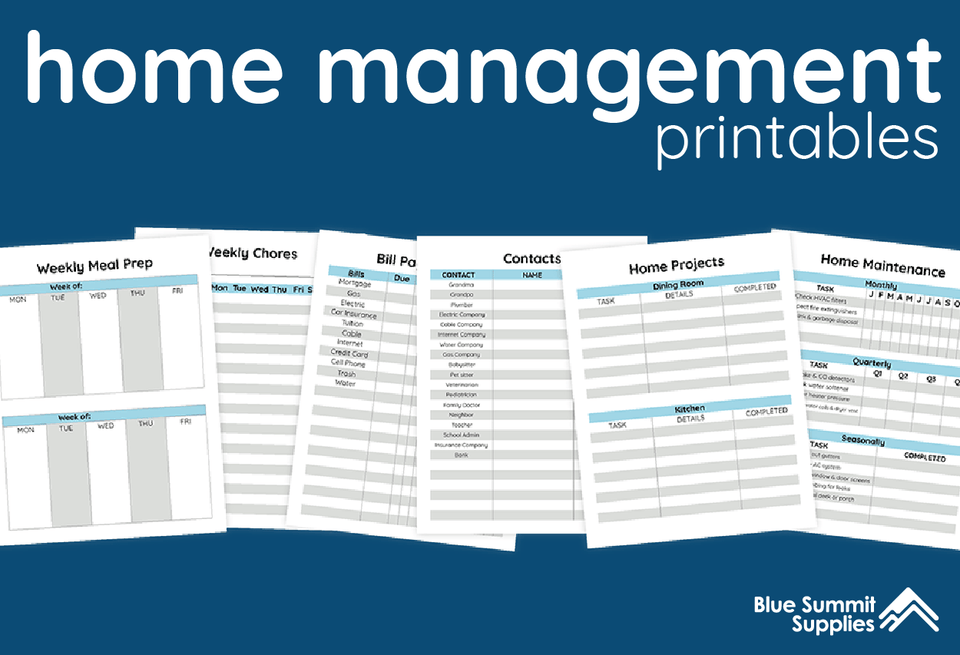

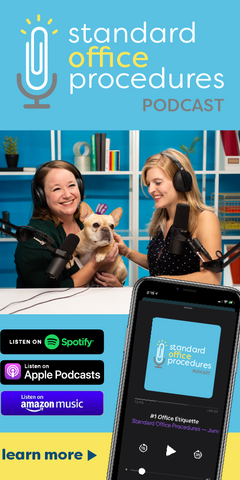
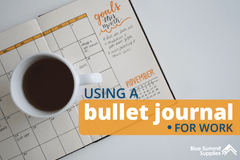
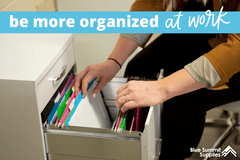

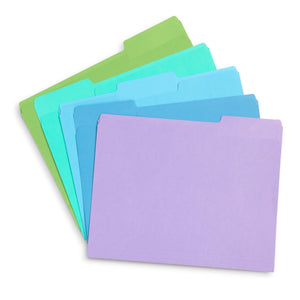
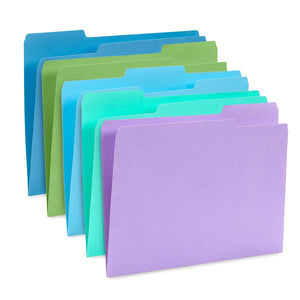
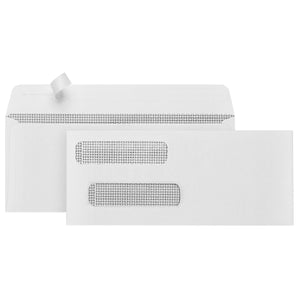
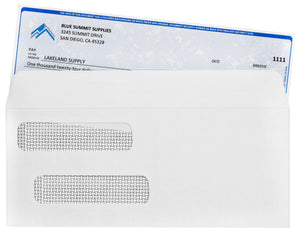
2 comments
Lizzie
Hi Terry,
I’d love to help answer your question, but I need a little more information. What kind of items are you referring to? Perishable items? Documents and records? And by time, do you mean the duration of possession? As in, how long would you keep something before getting rid of it?
Thanks!
Terry
Do you have a recommended time for keeping items?